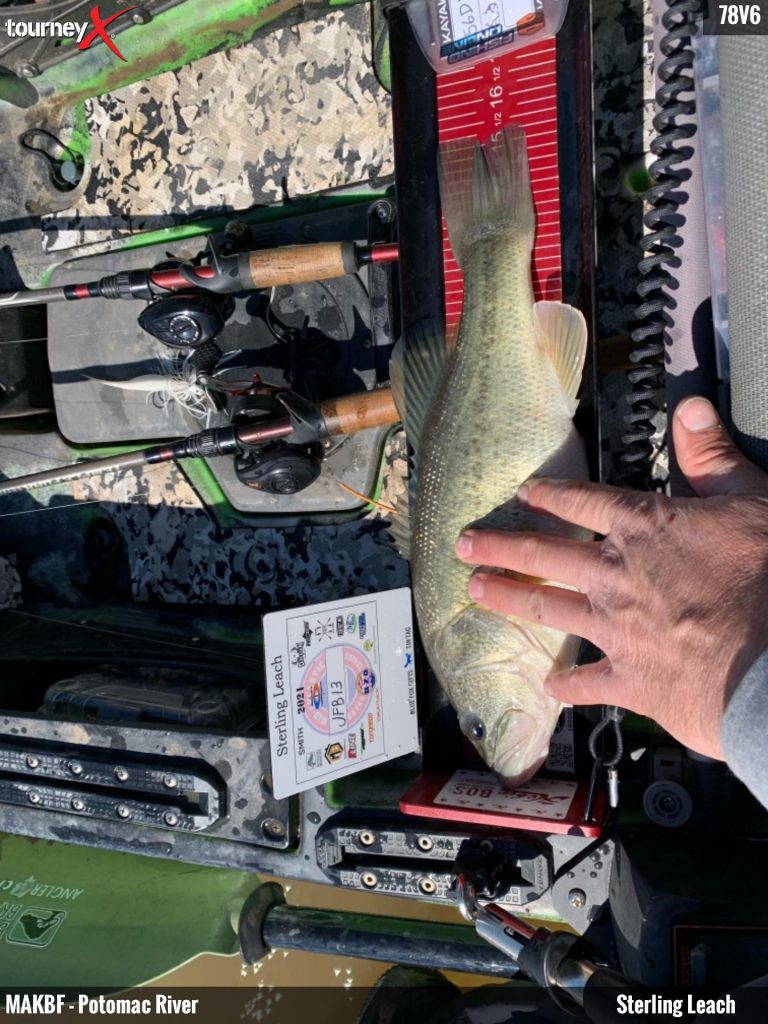Fish and Let Live: Catch-Photo-Release Tournaments Support Bass Conservation
Tournament bass fishing began in earnest in the 1960s with the formation of the Bass Anglers Sportsman Society and other groups. Anglers competed for a limit of black bass to bring to scales, and the winner had the heaviest bag. At the time, tournament fish were kept after weigh-ins, and piles of dead fish were commonplace. Beginning in the early 1970s, however, the focus of bass tournaments shifted to conservation and returning sportfish to the water alive.
Many tournaments have anglers catch a fish, keep it alive in a live well, weigh it on stage, and return it to the water alive where it can survive and eventually reproduce. In most cases, more than 95 percent of fish are returned to the water. There are some fish that don’t survive—up to 30 percent of catch, especially during summer months when hot water temperatures make live well maintenance more challenging. Today, a growing number of anglers seek alternative formats to increase fish survival.
Enter Catch-Photo-Release (CPR) tournaments. During these tournaments, anglers catch, de-hook, weigh or measure, and photograph fish before releasing them back to the water. Anglers work quickly to remove the fish from the net and weigh it using a zeroed, tournament-approved scale. For some CPR tournaments, anglers may measure the fish using a standardized, tournament-approved ruler. Whether weighed or measured, anglers work quickly and take several photos of the fish on the scale or measuring board before gently returning it to the water. The process takes 60 to 75 seconds.
The Wisconsin Department of Natural Resources reported a five-fold increase in CPR tournaments to more than 30 per year. Major League Fishing, a professional bass fishing league and television show, began using the format in 2011, featuring some of the biggest names in bass fishing. Last year the Bass Anglers Sportsman Society, the nation’s oldest bass fishing organization, held its inaugural kayak CPR series.
In Maryland, several CPR tournament series operate in the Chesapeake Bay watershed. Both Maryland Bass Nation’s kayak division and Delaware Paddlesports Kayak Bass Fishing series included CPR tournaments in Maryland waters in 2021. The Maryland Department of Natural Resources recognized early efforts of kayak and CPR fishing in 2018 when awarding Don Goff, director of Susquehanna River Bassmasters, the first Director’s Bass Conservation Award. Since then, the sport has grown and now offers the department and the fishery new opportunities.
Anglers fishing the Kayak Bass Fishing Trail Series presented by DEE ZEE on Potomac River in 2021 not only fished, but provided photographic data for the Department of Natural Resources. Permitted bass tournaments currently provide the department with data on catch statistics, but CPR tournaments offer the additional opportu-nity to provide photographic data that can be used to assess fish health, and sometimes even identify the individual fish caught.
The CPR format can allow anglers an opportunity to compete in locations or at times when possession is otherwise prohibited. Some seasons or locations managed with trophy regulations cannot be fished with traditional tournament styles because of no-possession regulations, such as the prohibition on possession in tidal waters during the spring. Trophy regulations limit the possession of 15-inch or larger bass to just one.
The CPR format also reduces handling stress on bass because each fish is immediately released rather than contained in a live well for the full fishing day. By design, CPR tournaments avoid many of the problems with possession in a live well during summer heat. Live well maintenance has been a focus of bass conservationists for decades because anglers are fishing for the sport and generally do not want to kill fish.
Given the benefits, why aren’t more organizations switching from traditional weigh-in to a CPR format?
One issue is that partners in large fishing organizations may not know one another, let alone trust one another. The lack of trust among fishing partners, and among competitors, can undermine a format that relies on individualism rather than an impartial weighmaster to verify every catch. This problem can be addressed by having boaters and co-anglers witness and agree to the weight or length and having the team members each take a photo of the scale.
But more commonly, people simply enjoy holding up their catch to proudly show their friends and families. Pride in the catch is one tradition of bass fishing that is not going away.
Dr. Joseph Love is a biologist with the department’s Fishing and Boating Services. Article appears in Vol. 24, No. 4 of the Maryland Natural Resource magazine, fall 2021.




